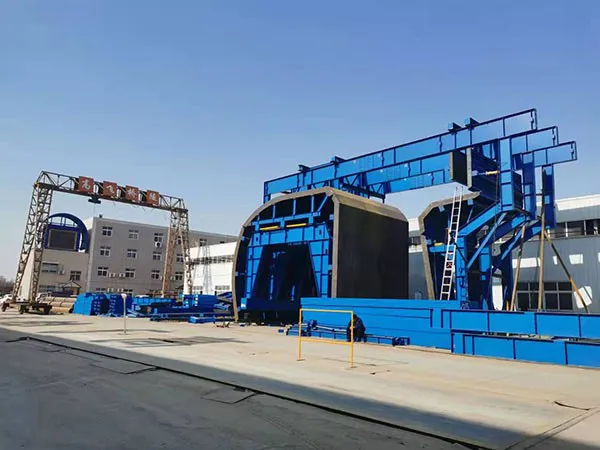What Is Tunnel Lining and Why It Matters in Modern Construction
In the grand blueprints of modern architecture, we often marvel at the towering skyscrapers and the majestic bridges. However, deep underground, there lies an equally crucial yet often overlooked engineering technology: tunnel lining. Like the “skin” and “skeleton” of a tunnel, it silently safeguards its safety and stability, and is an indispensable component of modern infrastructure construction.
So, what exactly is tunnel lining? Why is it so crucial in modern engineering?
What is tunnel lining?

Simply put, tunnel lining refers to one or more layers of structure applied to the interior of the tunnel wall after tunnel excavation. It is typically composed of reinforced concrete, shotcrete, steel arches, precast segments, or composite materials. Its primary functions are:
Supporting surrounding rock and preventing collapse: After tunnel excavation, the surrounding rock and soil lose their original support and become unstable. Lining provides counter-support, effectively suppressing deformation of the surrounding rock, preventing tunnel collapse, and ensuring the safety of construction workers and future users. Withstanding External Loads: The lining must withstand geotechnical pressure from the overlying strata, groundwater pressure, seismic loads, and even dynamic loads that may arise during operation. It must possess sufficient strength and rigidity to withstand these complex external forces.
Waterproofing and Anti-seepage: Groundwater presents a major challenge in tunnel construction. The lining forms a waterproof barrier, preventing groundwater from entering the tunnel, protecting the tunnel structure and internal equipment from water damage, while providing a dry and comfortable passage environment.
…
For more detailed information on what tunnel lining is and why it is so important in modern construction, please click here: https://www.gf-bridge-tunnel.com/a/blog/role-of-tunnel-lining-in-modern-construction.html


